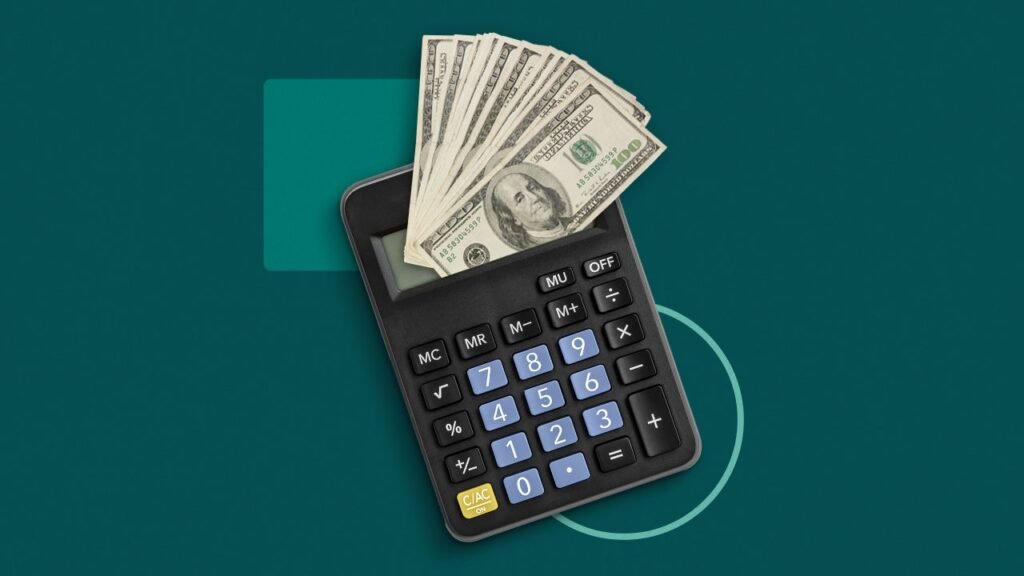Buying a house is a big financial step, and one of the first things you’ll need to figure out is how much you need for a down payment. Many homebuyers wonder if they should put down 20% or if they can go lower. The good news is that there are different loan options, and tools like a house down payment calculator can help you determine the right amount.
In this guide, we’ll break down everything you need to know about down payments, loan options, and how to use a loans calculator to plan your home purchase.
What is a House Down Payment?
A down payment is the amount of money you pay upfront when buying a house. It is usually expressed as a percentage of the home’s purchase price. The remaining amount is covered by a mortgage loan.
For example:
Home Price | 10% Down Payment | 20% Down Payment |
$200,000 | $20,000 | $40,000 |
$300,000 | $30,000 | $60,000 |
$500,000 | $50,000 | $100,000 |
A house down payment calculator can help you figure out exactly how much you need based on the home price and your desired down payment percentage.
How Much Down Payment Do You Really Need?
There is a common myth that you must put down 20% when buying a home. While this can reduce your mortgage costs, many loan programs allow for smaller down payments.
Loan Programs and Down Payment Requirements
Loan Type | Minimum Down Payment |
Conventional Loan | 3% – 20% |
FHA Loan | 3.5% |
VA Loan | 0% |
USDA Loan | 0% |
Using a loans calculator, you can compare these loan options and find one that fits your budget.
Many first-time homebuyers opt for FHA loans due to their lower down payment requirements, while those with strong credit and income may prefer conventional loans. Veterans and eligible rural homebuyers can benefit from VA and USDA loans, which require no down payment at all.
Using a House Down Payment Calculator

A house down payment calculator is a useful tool that helps you determine how much you need for your down payment and how it affects your monthly mortgage payment.
How to Use It:
- Enter the home price.
- Select your desired down payment percentage.
- Enter your interest rate and loan term.
- The calculator will show you the down payment amount and estimated monthly mortgage payment.
This tool helps you budget better and understand the financial impact of different down payment amounts. It can also give you insights into whether saving for a larger down payment might be beneficial in the long run.
Understanding Mortgage Recasting and Buydowns
Sometimes, homeowners want to lower their mortgage payments without refinancing. This is where mortgage recast calculators and buydown calculators come in handy.
Mortgage Recasting
A mortgage recast allows you to lower your monthly payment by making a large lump-sum payment toward the principal. A mortgage recast calculator helps you estimate how much you can save.
Recasting is a good option if you come into extra money—like a bonus or inheritance—and want to reduce your mortgage payment without changing your interest rate.
Mortgage Buydowns
A buydown calculator helps determine how much you can save by prepaying interest on a loan. This is useful for buyers who want lower initial payments.
Feature | Mortgage Recast | Mortgage Buydown |
Purpose | Reduce payments | Lower interest rate |
Requires Lump Sum? | Yes | Yes |
Long-Term Savings? | Yes | Yes |
A buydown allows you to reduce your interest rate for the first few years of your mortgage, which can be helpful if you anticipate a higher income in the future.

How to Save for a Down Payment
If you’re not sure how to reach your down payment goal, here are some practical tips:
- Set a Savings Goal: Use a house down payment calculator to determine your target.
- Cut Unnecessary Expenses: Reduce dining out, subscriptions, and non-essential purchases.
- Open a High-Yield Savings Account: Earn interest on your savings.
- Consider Down Payment Assistance Programs: Many first-time homebuyers qualify for grants and assistance.
- Automate Your Savings: Set up automatic transfers to a dedicated savings account.
- Increase Your Income: Take on side gigs, freelance work, or part-time jobs to boost your savings faster.
These strategies can help you build your down payment fund more quickly and get you closer to your homeownership goals.
Loans Calculator: Estimating Your Total Loan Cost
Once you have your down payment figured out, the next step is to use a loans calculator to estimate your total loan costs, including:
- Monthly mortgage payment
- Interest costs over time
- Total loan repayment amount
- The impact of different loan terms (15-year vs. 30-year)
Using a loans calculator, you can determine how much home you can afford and whether making extra payments will help you save on interest.

Final Thoughts: Choosing the Best Loan Option
A larger down payment can save you money on interest and monthly payments, but you don’t always need 20% down to buy a home. Using tools like a house down payment calculator, mortgage recast calculator, and buydown calculator can help you make informed decisions.
If you’re still wondering how to get business loans or other financing options, our website offers a variety of calculators and loan assistance tools to guide you.
Ready to explore your home loan options? Visit our website today to use our free calculators and find the best loan for your needs!




